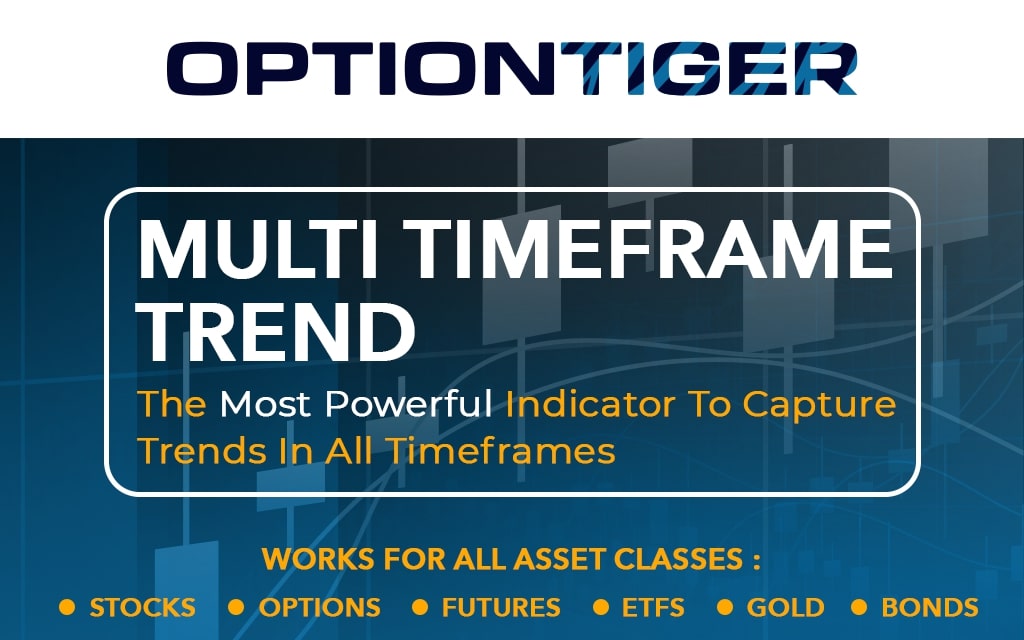In the Options world, there is a strict relationship between the prices of Puts and Calls. This relationship is called Put Call parity.
Rather than go into the theoretical details of what this relationship is (which can be very involved), it’s best to understand the impact of Put Call parity by using a real-world trading example.
The video below explains this in detail.
In this video, we take an example of a credit spread (Bear Call spread), and to understand the relationship, we look at an In the Money (ITM) Bear Call spread. For this position, there is a corresponding and equivalent position using Puts on the other side. Not surprisingly, this equivalent position is the Bear Put spread. Both these strategies will have (or should have) identical risk and reward characteristics. If it does not, then there exists an “arbitrage” opportunity, and the big players will move in to capture this risk free arbitrage using either Stock or Futures.
If you’ve ever wondered why Call Options also increase in value when Implied Volatility is increasing and the market is crashing, it is because of the Put Call parity. An increase in implied volatility will increase the value of calls and puts regardless of the direction the market or stock is taking. If this does not happen, then a Put Call parity arbitrage will open up. If it does, then usually this arbitrage opportunity will quickly close because of the big players moving in to get some risk free returns.


